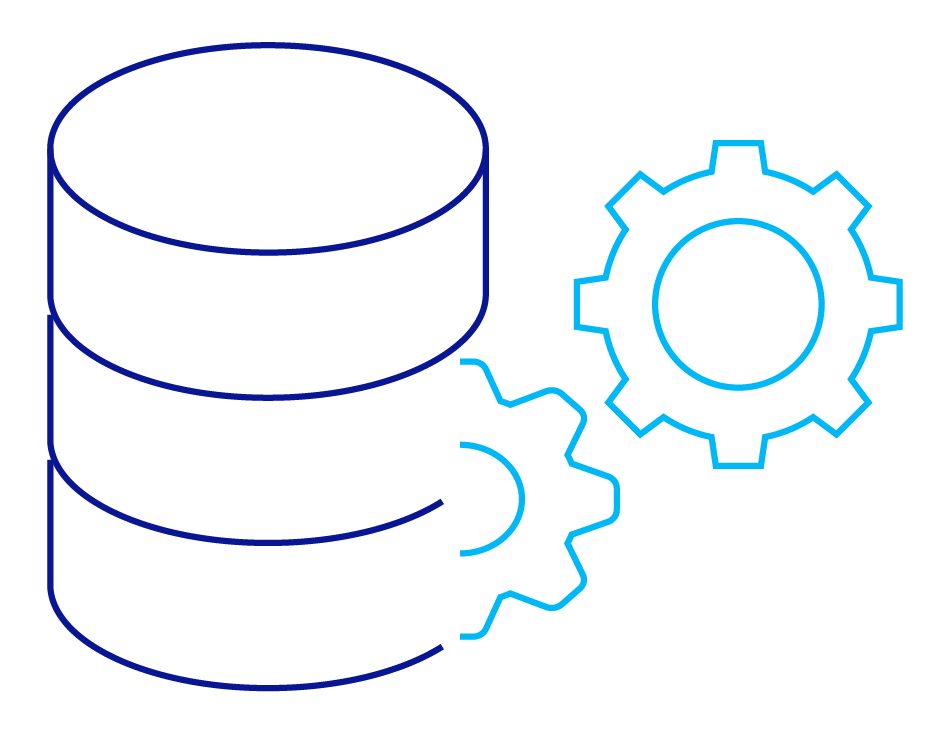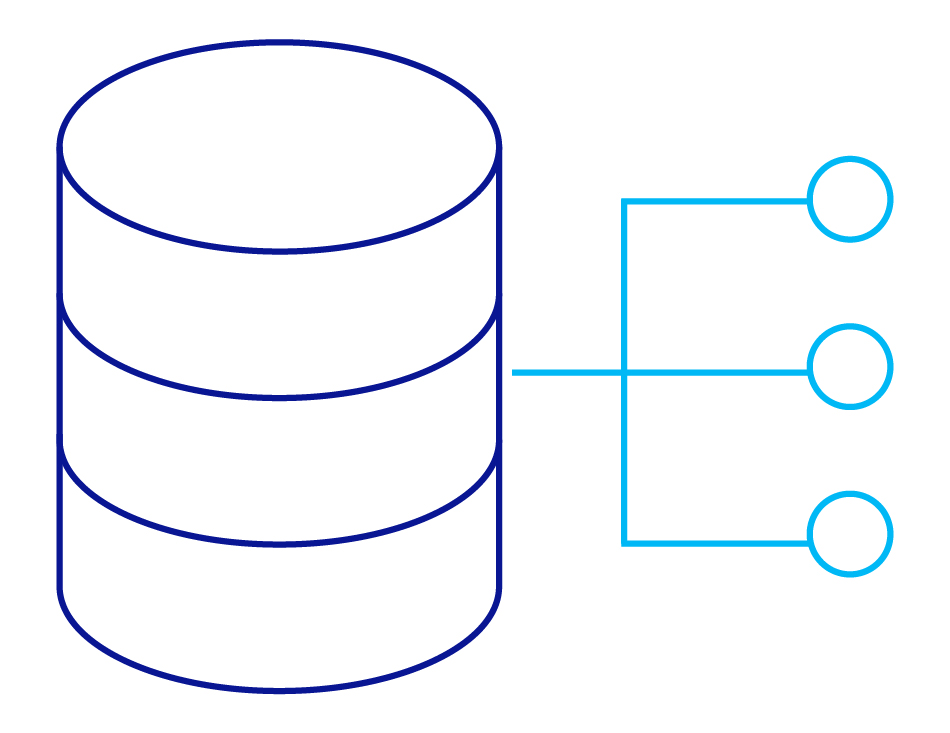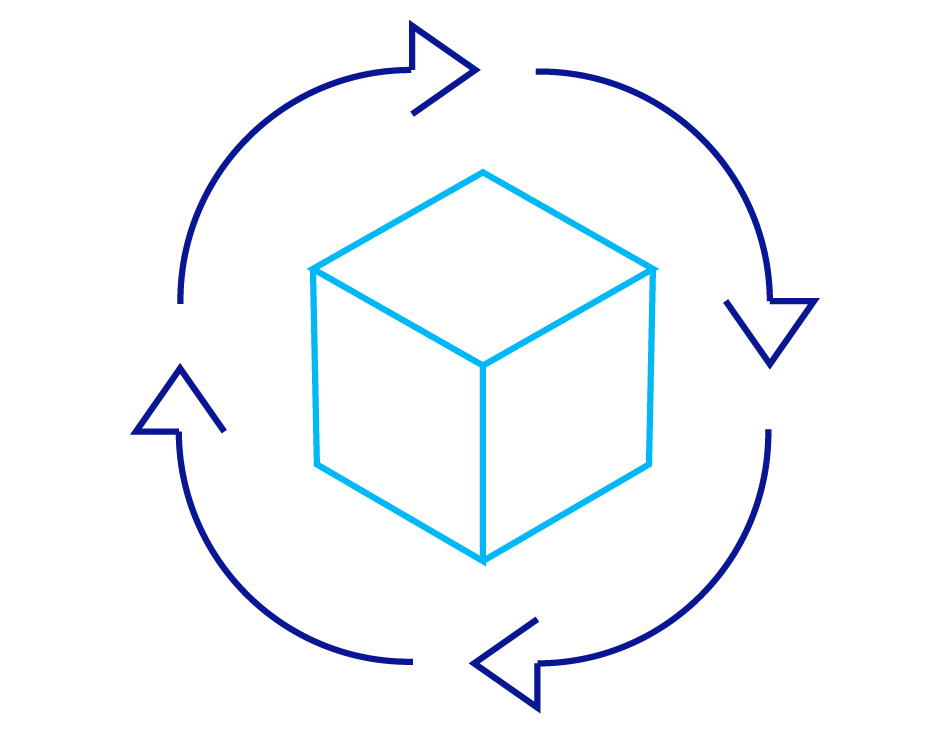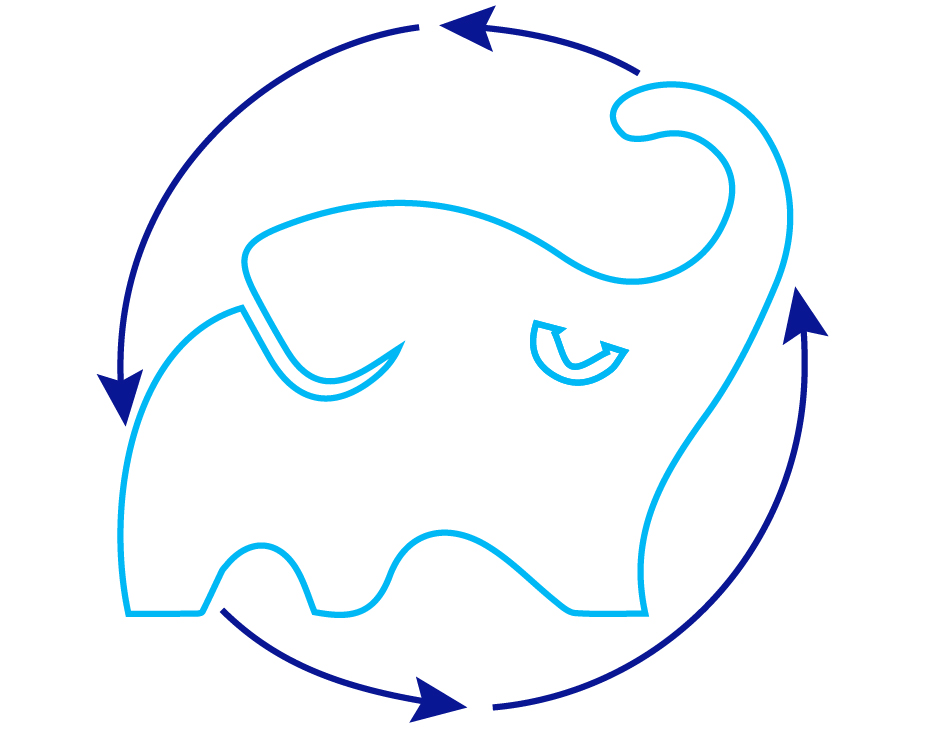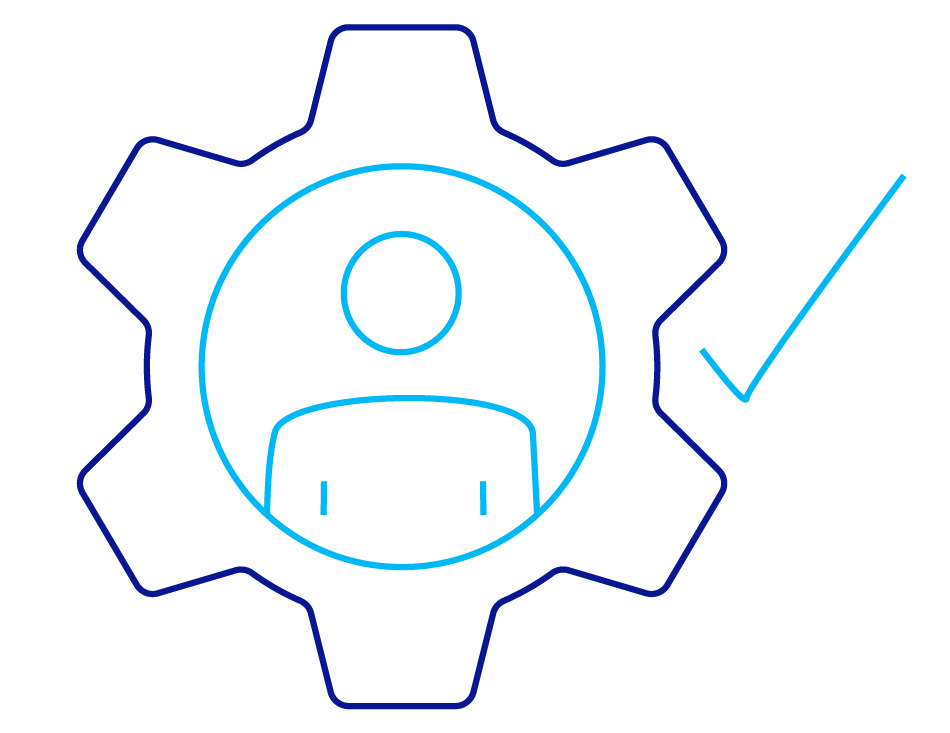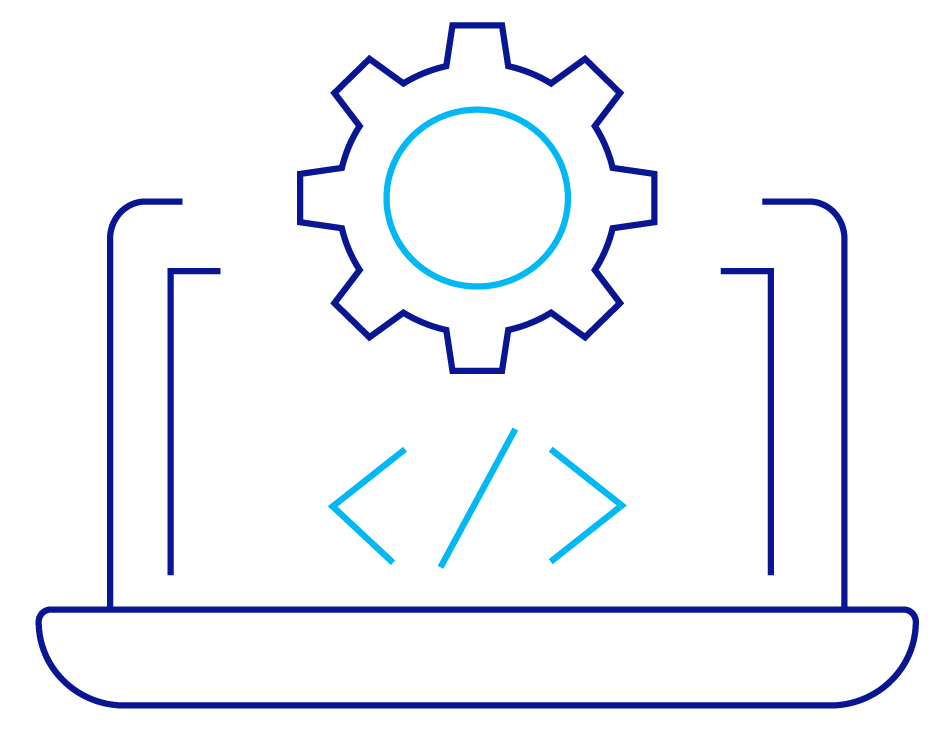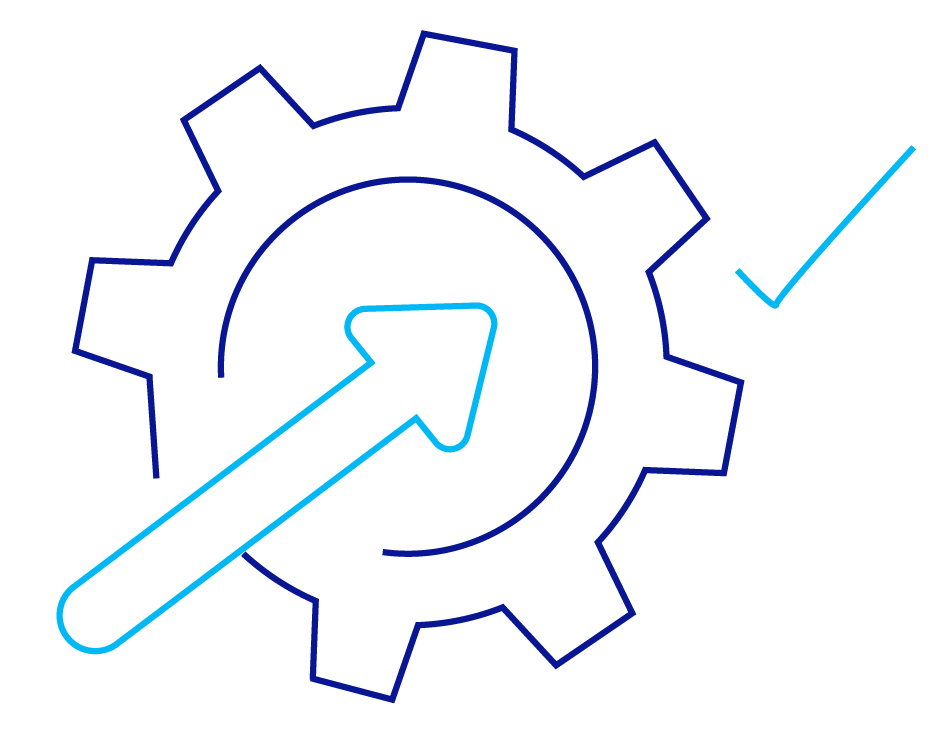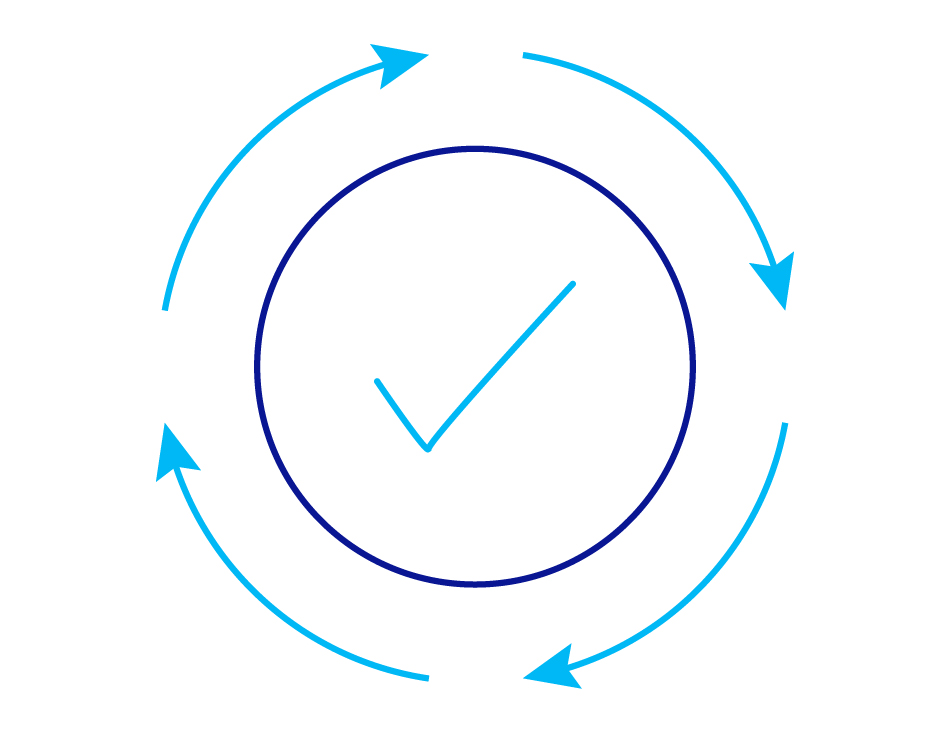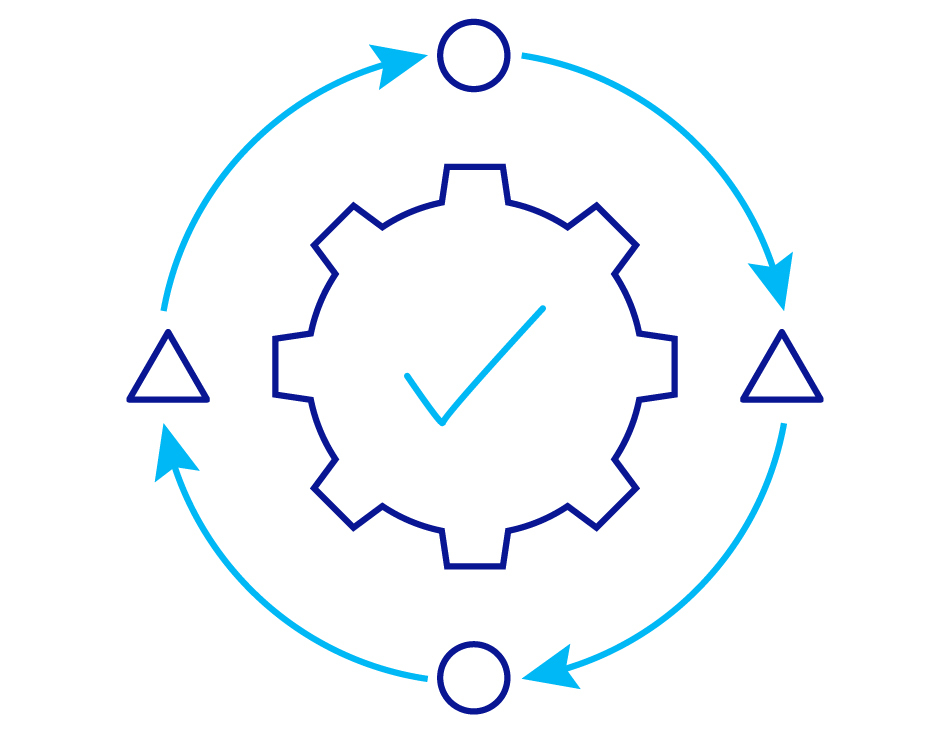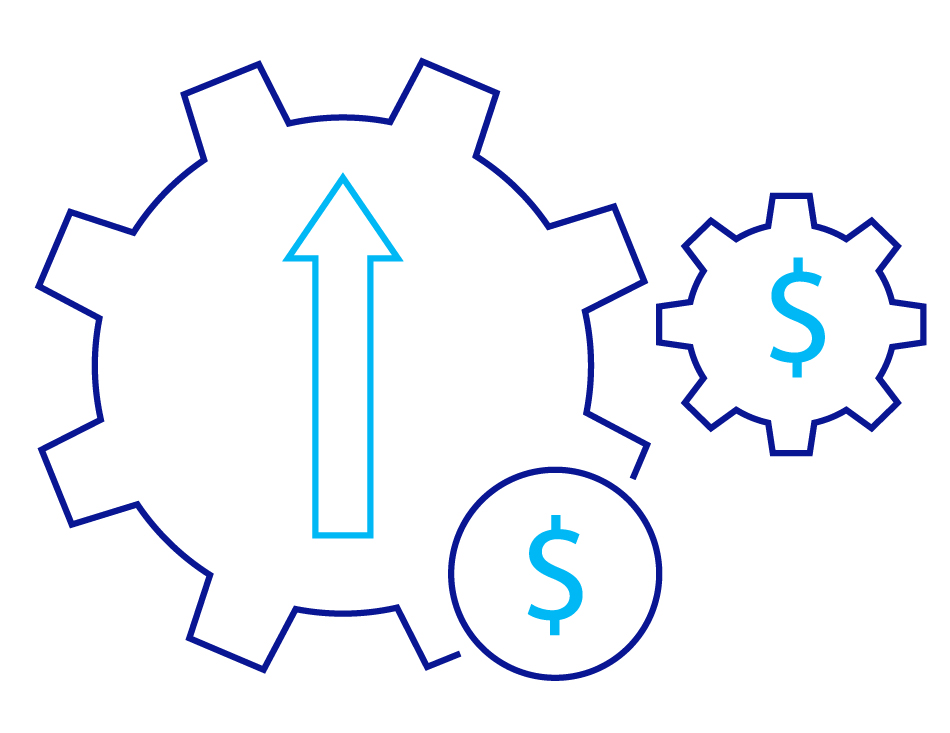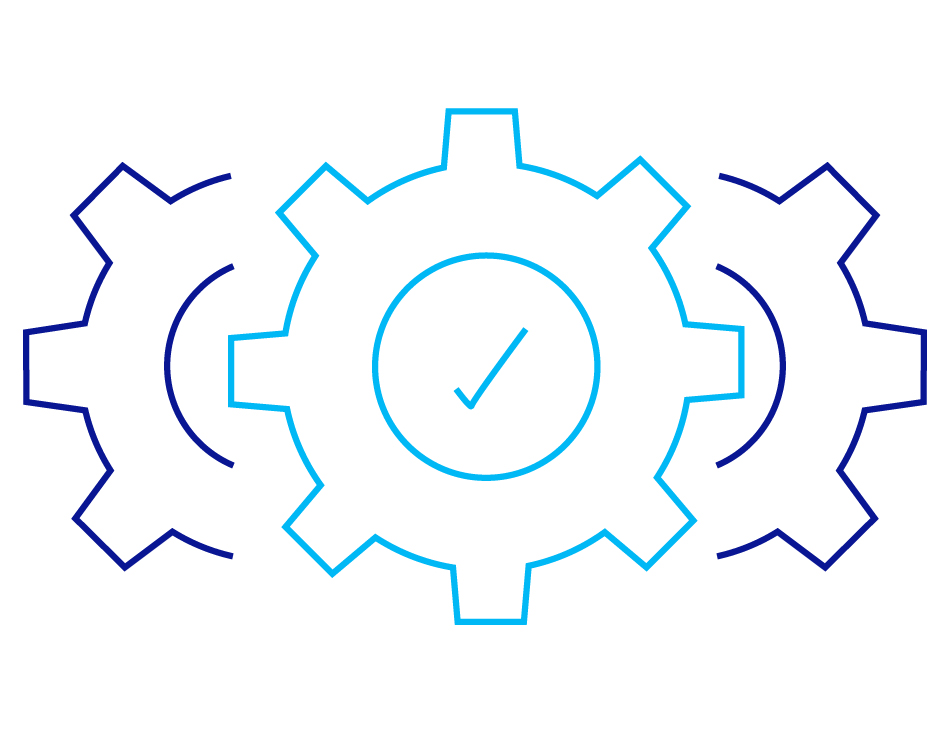
Cross-Functional Collaboration
Full-stack Java developers foster collaboration and synergy between different functional areas of a development team, including designers, testers, and DevOps engineers. This interdisciplinary approach promotes knowledge sharing, problem-solving, and cross-functional teamwork, leading to more cohesive and successful projects.
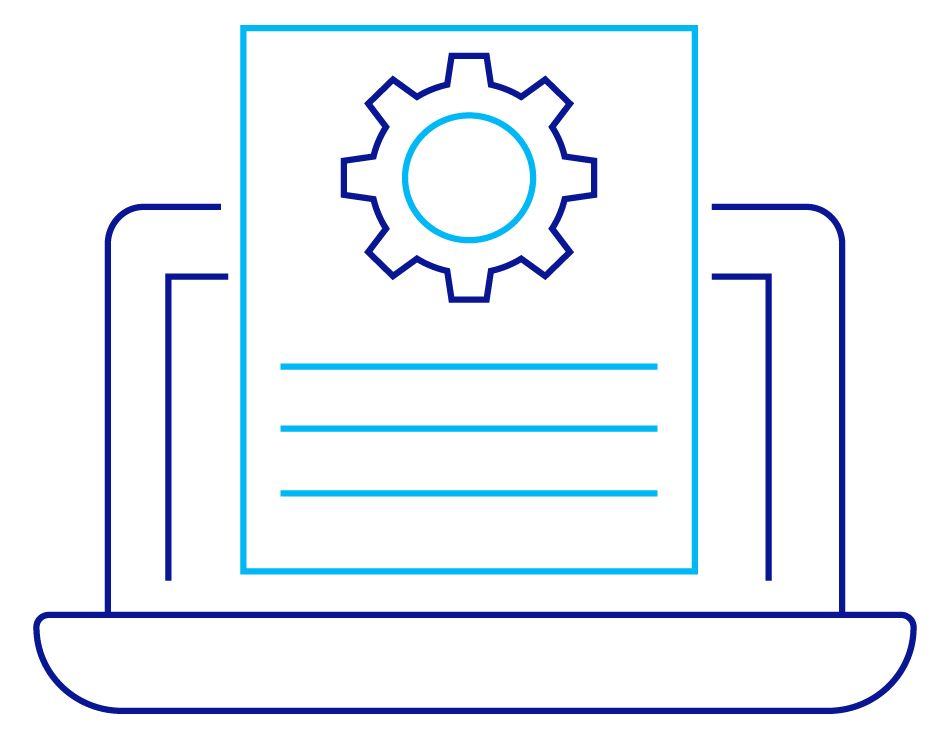
Rapid Prototyping and Iteration
Full-stack Java developers can quickly build prototypes and minimum viable products (MVPs) to validate ideas and gather feedback from stakeholders. They can iterate on these prototypes rapidly, incorporating changes and enhancements based on user feedback, market trends, and business requirements.

Scalability and Performance
Full-stack Java development leverages the scalability and performance benefits of Java-based frameworks and technologies, such as Spring Boot, Hibernate, and Java EE. These frameworks enable developers to build scalable, high-performance web applications capable of handling heavy loads and concurrent user requests.

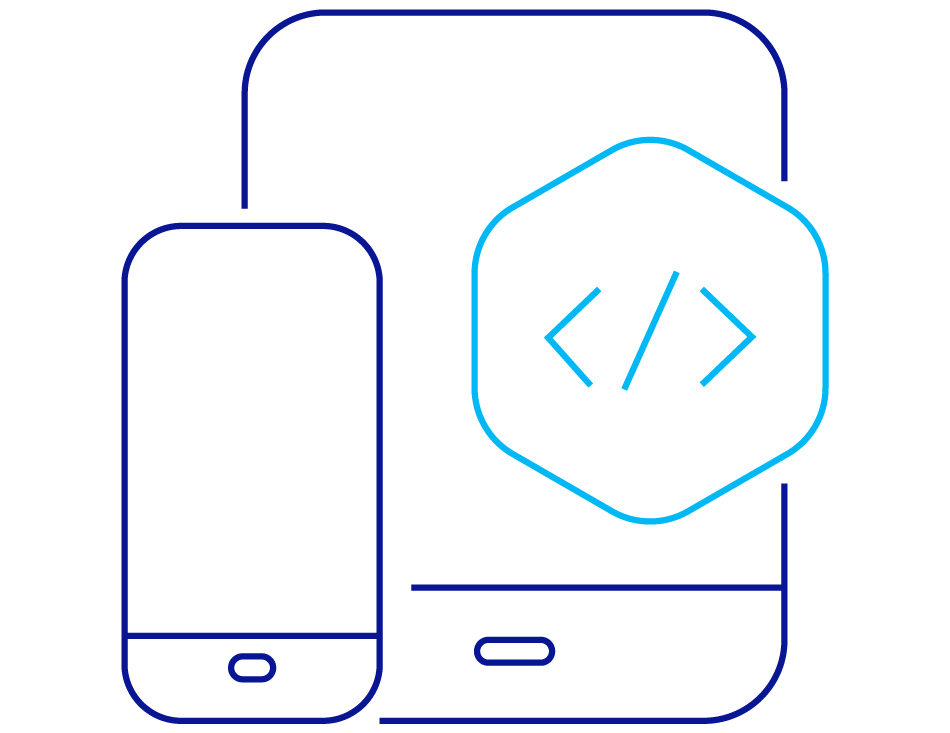
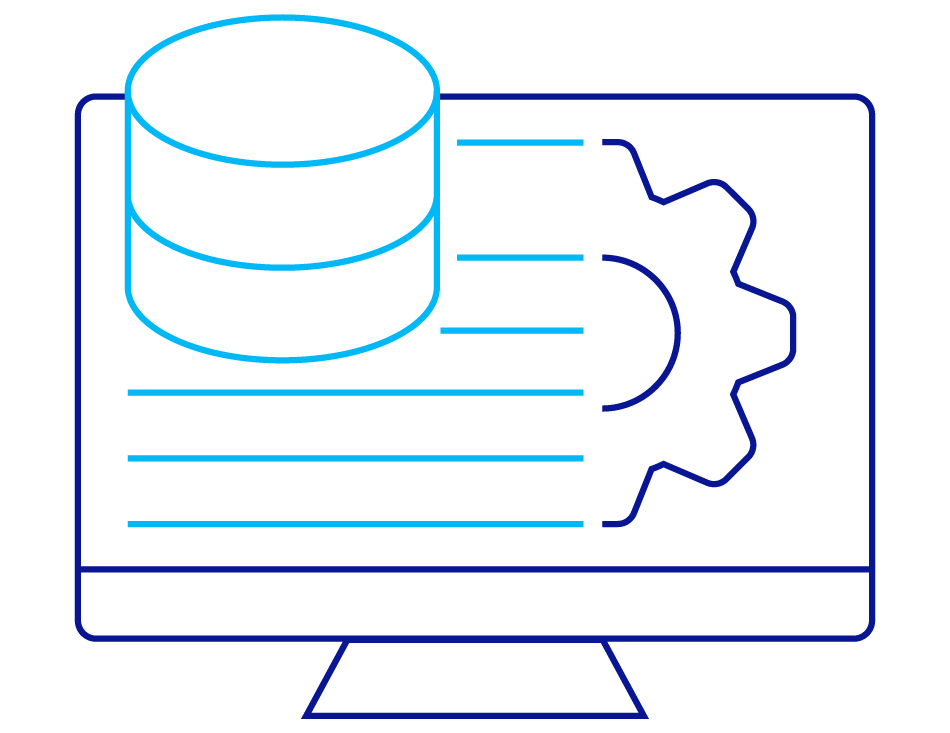
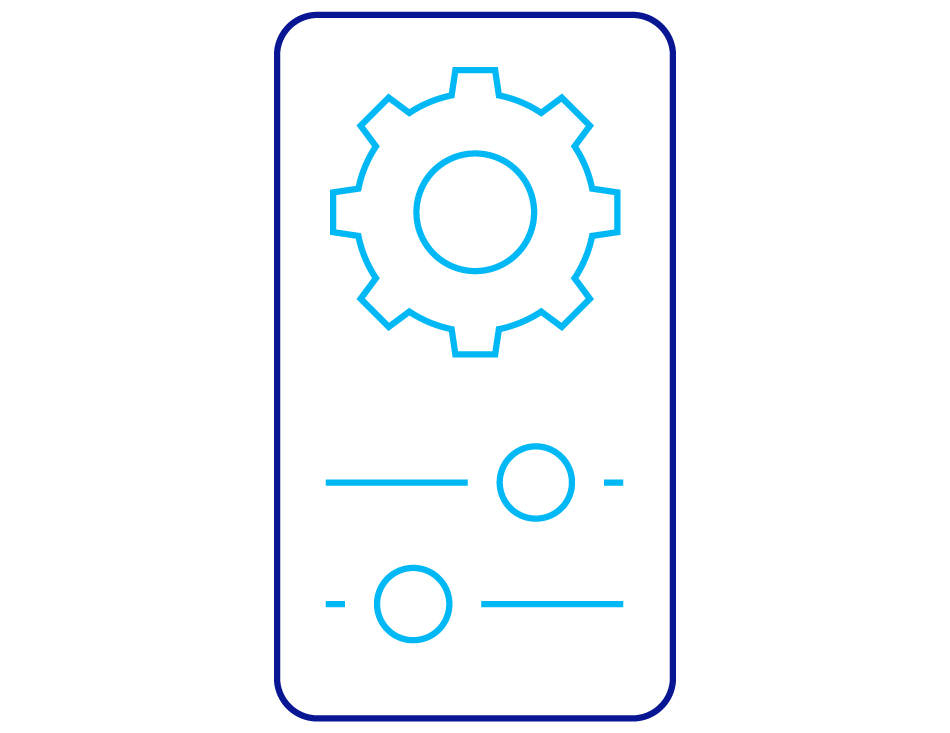
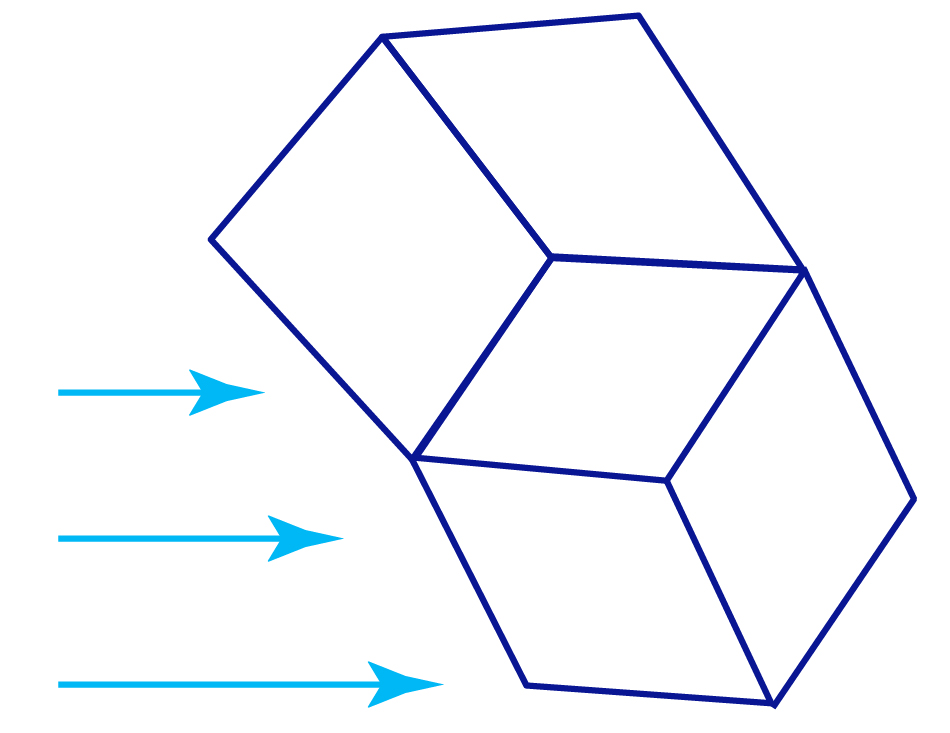
.jpg)
